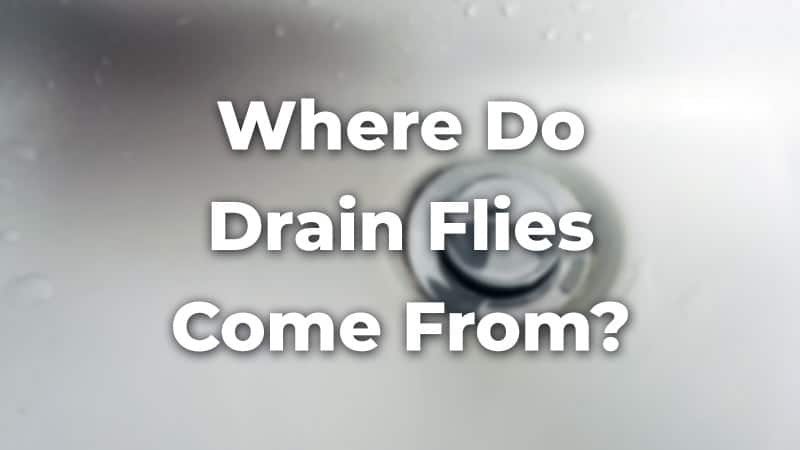Drain flies are annoying little creatures that can show up in every household. They can multiply quickly, therefore you must start eliminating them once they appear in your home.
In this article, I’ll show you all the places where drain flies may come from and some simple methods that will help you find these sites much quicker and easier.
Drain flies come from outdoors in the first place, but once there’s an infestation in your house, larvae are continuously turning into adult drain flies that come from humid places where standing water is present, such as drain pipes, overflows, plant saucers, and sump pump pits.
First, I’ll show you the places where drain flies come from most often. Then we’ll move on to the methods that you can use to identify these locations.
Rule #1: Know What You’re Searching For to Identify All the Hidden Places
If you want to find and eliminate drain flies for good, you must understand their life cycle. No worries, it’s simple.
These small flies go through three main stages: egg, larval (pupal), and adult.
Female drain flies are looking for moist places with organic debris and scum to lay their eggs. These eggs (one female lays about 20-150 eggs) then hatch into larvae within 2 days. The larval stage lasts for 1 to 3 weeks, then they turn into adult drain flies (that you probably see on the wall).
Adult flies come from those places where the larvae can be found. You must find these breeding sites and kill all the larvae to get rid of drain flies once and for all.
FYI – Drain flies are also known as sewer flies, moth flies, or drain gnats. Don’t be confused, they’re all the same species.
Drain Pipes: One of the Most Common Breeding Sites

Drain pipes provide dark and damp conditions and they’re full of organic matter that attracts flies and feeds their offspring. Therefore these pipes should be among the first places to check.
Pay special attention to kitchen and bathroom sink drains. Drain flies especially love kitchen drainage pipes as they can find plenty of food there.
FYI – Do not confuse a drain fly with a fruit fly: they’re completely different insects. How can you distinguish them from each other? In this article, we’ve collected everything you need to know about these pests.
Overflows and Floor Drains
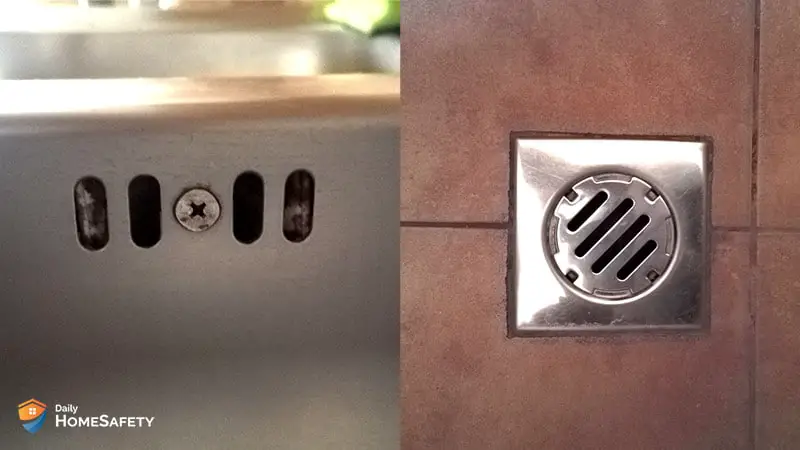
A sink overflow is another common site where drain gnats can show up. Make sure you thoroughly scan the inlet of the overflow and check if you can find any sign of an infestation. Use a flashlight if necessary. When in doubt, just apply one of the methods in the next section.
If you haven’t cleaned the floor drain for a while, it’s worth taking a look at. It’s especially true if more drain gnats are showing up in that particular room where the floor drain is located, such as the bathroom, kitchen, or laundry room. Commercial buildings with floor drains are usually at a higher risk.
Pro Tip: Finding eggs or larvae in one place doesn’t mean there are no other places where drain flies could come from. Continue searching and check each and every spot on this list. After all, you don’t want to start the whole process all over again just because you skipped an infested site.
Sump Pump Pit
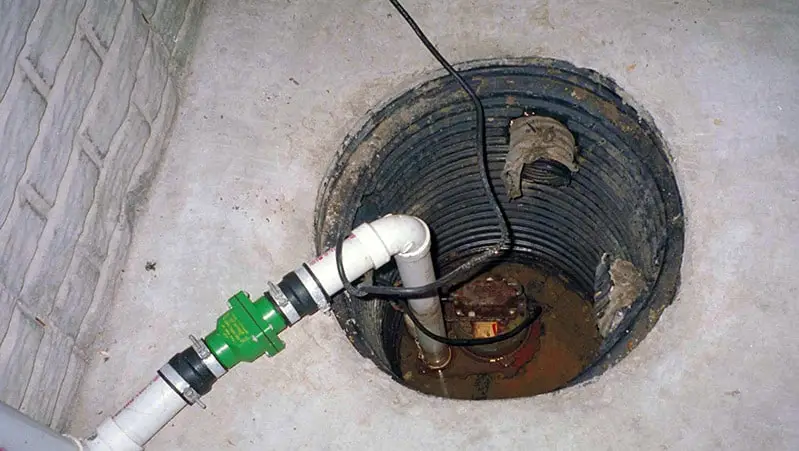
The sump pit in the basement is often overlooked when it comes to catching moth flies. The truth is that these nasty pests love the undisturbed environment that sump pump pits provide. Thus, they often settle there and start breeding actively (hence their other name: sewer flies).
I’ve seen many pits full of larvae that were continuously turning into adult specimens and got into other areas of the house through little cracks and holes.
Potted Plants
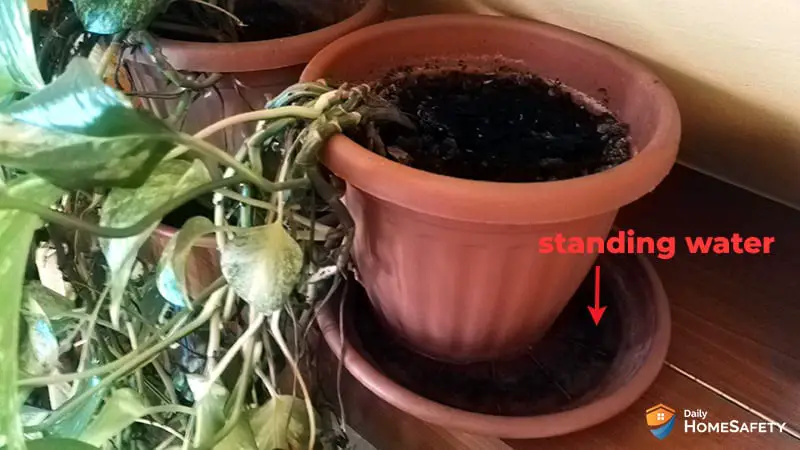
It’s not the plant itself that attracts drain gnats but the permanently moist soil and the standing water in the plant saucer. The combination of flies around the plant and wet conditions in the pot makes it very likely that the flies are coming from the flowerpot.
Can Drain Flies Come From the Toilet?
Toilet Tank
Toilet tanks provide a humid environment with plenty of water and often also contain some organic debris. Thus they could be perfect for drain flies. However, regular flushing usually prevents the eggs from staying in place inside the tank. Also, most toilet tanks are closed, so no drain fly can get inside to lay its eggs.
Therefore toilet tanks are usually only a concern when they’re not in use for a longer period of time (more than 7 days) and when drain flies have access to the inside part.
Toilet Bowl

What about toilet bowls? While standing water is always present in most toilet bowls, it’s unlikely that eggs and larvae stay alive in a toilet that is flushed and cleaned regularly. In that case, adult drain flies would never develop.
However, unused toilet bowls (similar to unused toilet tanks) can be ideal breeding sites for drain flies. Therefore, if you don’t use a toilet for more than a week (for instance you go on vacation), that can be enough time for a drain fly population to grow.
The larval stage usually lasts for about 8-24 days, so the longer you leave them undisturbed, the greater the chance that they turn into flies.
Toilets are not among the most common places where drain flies appear. However, they can easily come from the sewer pipe if the seal between the toilet and the pipe is damaged.
Other Places Where Drain Flies Can Come From
Basically, drain flies need two things for reproduction and growth: humidity (or water) and organic material. Therefore, you want to check every place in your home where they might find these conditions.
Common places:
- condensation pans under the fridge
- kitchen trash cans and garbage disposal
- rain barrels
- the area under cracked or loose tiles in the bathroom and kitchen
- septic tank
- areas where HVAC system condensate lines drain
- sides of the shower
- any broken and leaky pipe
- wet areas under washing machines and air condition units
- any place where mold or algae is present
- bird baths
Best Methods to Identify the Source of Drain Flies
The first sign of an infestation is usually one or two drain flies resting on the wall (often in the bathroom or kitchen). However, where there is one drain fly, there are more. Hence, you’re always better off finding the source of these nuisance pests as soon as possible.
Once you’ve found all places where an infestation is present, you can start the elimination process that includes drain cleaning, extermination, and prevention. Here I explain exactly how you can do that effectively.
Now, let’s see what you need to do to take control back from these small winged bugs!
1. The Adhesive Tape Method
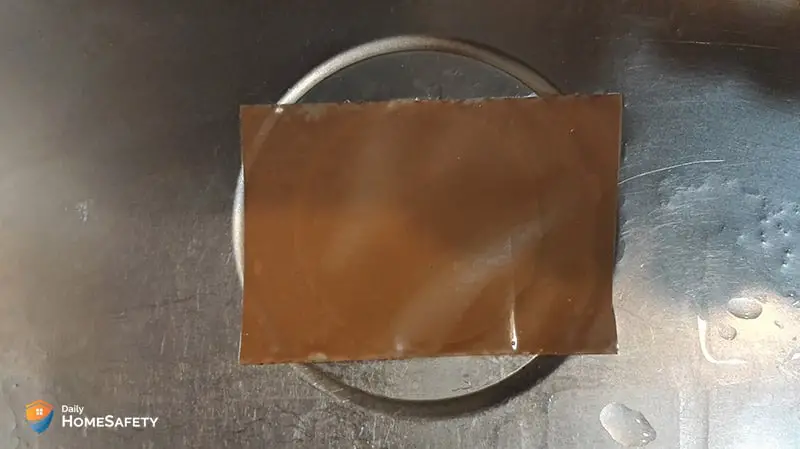
One simple way to identify the infested areas is to cover the inlet (or outlet) of the drain pipes with duct tape (or any kind of adhesive tape). You can also use this method on overflows and every closed system that has a relatively small outlet.
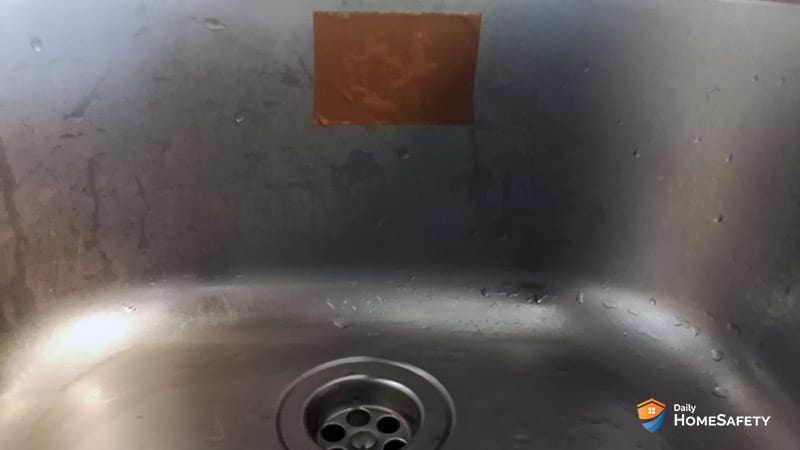
Flies that are leaving the drain will get stuck in the tape. Usually, you don’t have to wait long: in the case of a larger drain fly infestation, 12-18 hours is more than enough to catch at least one fly. On the other hand, if the infestation is small, you may have to wait for 2 or 3 days to confirm the presence of the flies.
As an alternative, you can use a glue board instead of adhesive tape.
2. Using a Jar or a Container
In certain situations, using a jar (or a plastic cup) can be an alternative to duct tape. While it usually won’t work with a sink overflow, it can be easily placed over horizontal surfaces, such as sink and floor drains.
What we’re making here is basically a drain trap: flies that come from the drainage pipe will fly into the jar and become trapped there. This way you will know for sure which drain is infested.

You can use whatever container you want, however, make sure there are no gaps between the surface and the lid of the container so that the flies can’t escape. I prefer using a jar (or a transparent plastic container) because that immediately allows me to see if there’s any drain fly inside without even having to touch it.
3. Find a Plastic Bag and Don’t Be Afraid Of Using It
Sometimes a jar is just too small or inflexible to trap drain gnats. In the case of objects with larger openings (like a trash can) or smaller open-air systems (such as a flower pot), the only way you can determine if there’s a drain fly infestation is to use a plastic bag to block the exit.
Simply tape the bag over the opening and then check if any drain fly shows up inside in the upcoming hours and days.
Pro Tip: Sometimes you will catch multiple flies after just one or two hours, however, in other cases you have to be patient. You’ll never get rid of drain flies completely if you don’t identify all breeding sites. The above-mentioned methods are tried and tested, and by applying them you have a much higher chance of success.
Frequently Asked Questions
Can drain flies come from the wall?
It’s unlikely that they come from the wall (unless the walls are wet and cracked), but can appear near the walls, especially in the bathroom where stagnant water is often present.
Will drain flies come back once I’ve exterminated them?
It depends. They can come back if they find ideal breeding sites somewhere in your home. However, if you eliminate standing water and food sources, and clean your drain pipes and sump regularly, chances are great that you won’t see them again.
Why do drain gnats keep coming back?
There could be two reasons why you can’t get rid of moth flies: either there’s something in your house that attracts them or you haven’t cleaned and eliminated all breeding places (sometimes it’s tricky to find them all). In certain cases, you may need the help of a pest control company or a plumber.
As a side note, we have an ultimate guide on how to stop drain flies from coming back to your home.
Will drain flies go away without any intervention?
In most cases, they won’t disappear, especially if they like the environment and find food in your house. The sooner you act, the easier it is to get rid of them.
Credit: Flickr (State Farm)


